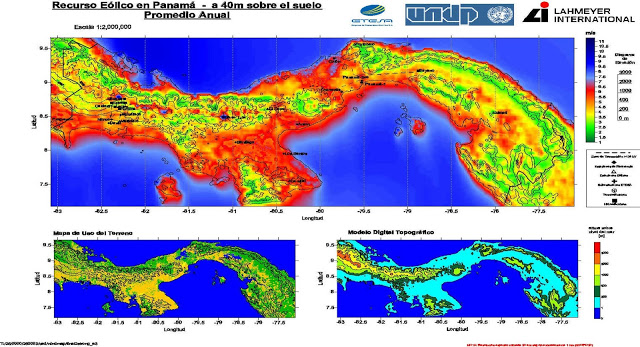The rise of wind energy in Panama has been nothing short of remarkable. Over the past decade, this Central American nation has emerged as a leader in the development and implementation of sustainable energy solutions, with wind power playing a pivotal role in its transition to a low-carbon economy. As the world grapples with the urgent need to mitigate climate change and reduce greenhouse gas emissions, Panama’s experience offers valuable lessons and insights into the potential of wind energy as a viable and sustainable alternative to fossil fuels.
Panama’s journey towards wind energy began in earnest in 2012, when the government launched its National Energy Plan 2015-2050, which set ambitious targets for the diversification of the country’s energy matrix and the reduction of its dependence on fossil fuels. At the heart of this plan was the recognition that Panama’s abundant wind resources, particularly in the western provinces of Chiriqui and Veraguas, represented a largely untapped source of clean, renewable energy that could help meet the country’s growing electricity demand while also reducing its carbon footprint.
In the years that followed, Panama has made significant strides in harnessing its wind potential. The inauguration of the Penonome Wind Farm in 2014, the largest wind farm in Central America at the time, marked a major milestone in the country’s efforts to develop its wind energy sector. With an installed capacity of 270 megawatts (MW), the Penonome Wind Farm has played a crucial role in increasing the share of renewable energy in Panama’s electricity mix, which now stands at around 20%.
The success of the Penonome Wind Farm has spurred further investment in wind energy projects across the country. In 2018, the government awarded contracts for the construction of three new wind farms, with a combined capacity of 365 MW, as part of its efforts to reach its target of generating 70% of its electricity from renewable sources by 2050. These projects, which are expected to come online in the coming years, will not only help to further diversify Panama’s energy matrix but also create jobs and stimulate economic growth in the country’s rural areas.
One of the key factors behind the rapid growth of wind energy in Panama has been the government’s commitment to creating a favorable regulatory environment for the development of renewable energy projects. In addition to offering tax incentives and other financial support to investors, the government has also streamlined the permitting process for wind farms, making it easier and more attractive for both local and international companies to invest in the sector.
Another important driver of Panama’s wind energy boom has been the country’s strategic location and strong regional ties. As a member of the Central American Electrical Interconnection System (SIEPAC), Panama is well-positioned to export its surplus wind-generated electricity to neighboring countries, thereby fostering regional energy integration and cooperation. This, in turn, has helped to create a more stable and resilient electricity market in the region, reducing the risk of power shortages and price volatility.
As Panama continues to embrace wind energy as a key component of its sustainable energy strategy, there are still challenges to be overcome. These include the need to upgrade and expand the country’s transmission infrastructure to accommodate the growing share of renewable energy in the electricity mix, as well as addressing concerns about the potential environmental and social impacts of wind farm development.
Nevertheless, the rise of wind energy in Panama serves as a powerful testament to the transformative potential of renewable energy in driving sustainable development and combating climate change. As the world looks to accelerate the transition to a low-carbon future, Panama’s experience offers a compelling case study of how wind power can play a central role in achieving this goal.


